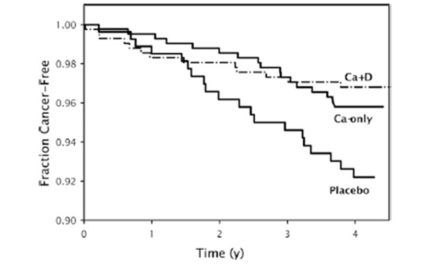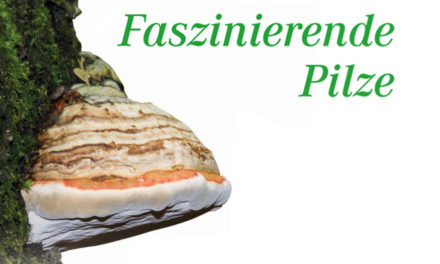Erhöhte Virulenz von Puccinia coronata f. sp. avenae-Populationen durch Allelfrequenz Änderungen an mehreren mutmaßlichen Avr-Loci
Marisa E. MillerID1☯ a, Eric S. NazarenoID1☯, Susan M. Rottschaefer1¤b, Jakob RiddleID2, Danilo Dos Santos PereiraID3,4, Feng LiID1, Hoa Nguyen-PhucID1¤c, Eva C. HenningsenID1, Antoine PersoonsID5, Diane G. O. SaundersID6, Eva StukenbrockID3,4, Peter N. DoddsID7, Shahryar F. Kianian1,2*, Melania FigueroaID7*
1 Department of Plant Pathology, University of Minnesota, St. Paul, Minnesota, United States of America, 2 USDA-ARS Cereal Disease Laboratory, St. Paul, Minnesota, United States of America, 3 Environmental Genomics Group, Max Planck Institute for Evolutionary Biology, Plon, Germany, 4 Christian-Albrechts University of Kiel, Kiel Germany, 5 INRA/Universite de Lorraine Interactions Abres/Microorganismes, Champenoux, France, 6 John Innes Centre, Norwich, United Kingdom, 7 Commonwealth Scientific and Industrial Research Organisation, Agriculture and Food, Canberra, Australia
Abstract
Pathogen populations are expected to evolve virulence traits in response to resistance deployed in agricultural settings. However, few temporal datasets have been available to characterize this process at the population level. Here, we examined two temporally separated populations of Puccinia coronata f. sp. avenae (Pca), which causes crown rust disease in oat (Avena sativa) sampled from 1990 to 2015. We show that a substantial increase in virulence occurred from 1990 to 2015 and this was associated with a genetic differentiation between populations detected by genome-wide sequencing. We found strong evidence for
genetic recombination in these populations, showing the importance of the alternate host in generating genotypic variation through sexual reproduction. However, asexual expansion of some clonal lineages was also observed within years. Genome-wide association analysis identified seven Avr loci associated with virulence towards fifteen Pc resistance genes in oat and suggests that some groups of Pc genes recognize the same pathogen effectors. The temporal shift in virulence patterns in the Pca populations between 1990 and 2015 is associated with changes in allele frequency in these genomic regions. Nucleotide diversity pat-
terns at a single Avr locus corresponding to Pc38, Pc39, Pc55, Pc63, Pc70, and Pc71 showed evidence of a selective sweep associated with the shift to virulence towards these resistance genes in all 2015 collected isolates.
(…)








